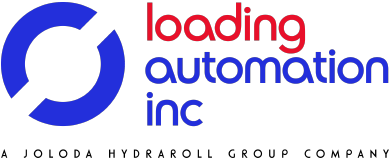Loading and unloading trailers and containers is an important task and requires skill to perform this quickly and correctly. Loading and unloading incorrectly can cause the goods to become damaged either during the operation, or once the goods are in transit. So to ensure loading doesn’t incur damage to the goods or financial damage to the company, it’s important to take steps to reduce damage as much as possible.
You should implement measures in warehouses, loading docks and other parts of a facility, and make sure processes allow you to load cargo smoothly without damaging them. In the following article we take look at the causes of product damage, different types of product damage and what you can do to reduce it when loading goods into a trailer or container.
Book a FREE Loading Assessment
Learn how to make the loading process safer and more efficient with a no-obligation assessment...
BOOK NOW








